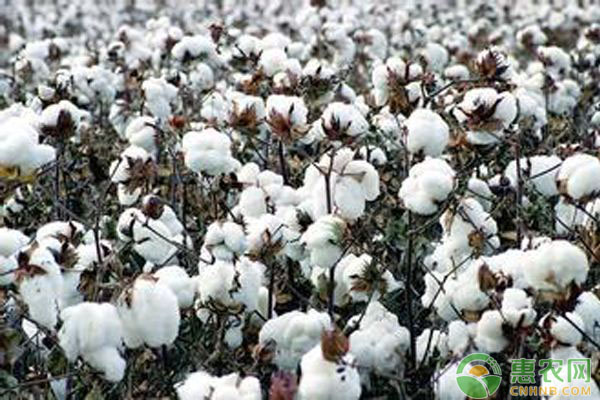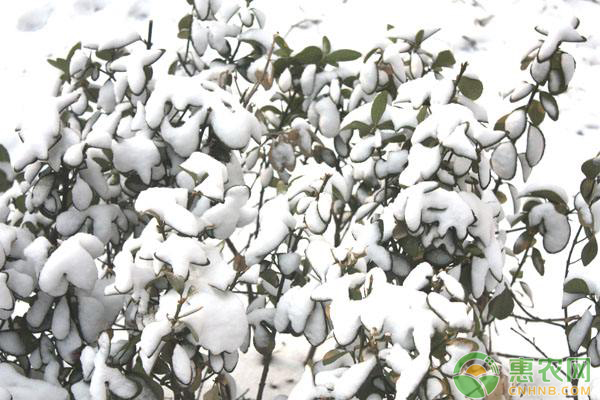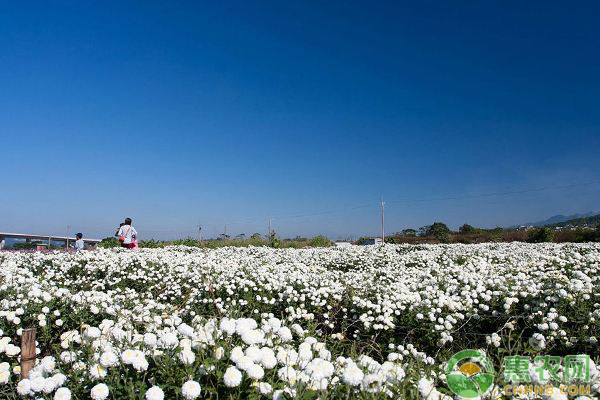It is known from the Science and Technology Daily that after the simplified cultivation techniques of cotton have been reported in the country, Huinong feels that some theoretical knowledge and technology are worthy of reference and popularization. This article mainly talks about the current situation of cotton cultivation and the exploration of simplified cultivation techniques.

First, the status quo of cotton cultivation
As the demand for high-quality textiles in China is growing, the area of ​​cotton cultivation is getting larger and larger. In order to improve the yield and quality during cotton cultivation, it is necessary to understand the ecological habits of cotton and control the cultivation techniques. Improve the level of cotton cultivation. Cotton has higher requirements on light and temperature. Generally, it grows in areas with long light exposure. The most suitable temperature for cotton growth is 20~25°C. If the temperature is too high or too low, cotton production will decrease. The Xinjiang region is in line with the environmental requirements for cotton growth, with long light hours, a dry climate and high temperatures. With the continuous development of science and technology, the continuous research and practice of cotton cultivation technology has helped the high yield of cotton. The simplified cultivation technique of cotton refers to simplifying the cultivation process in the process of cotton cultivation without affecting the growth. The process of increasing production efficiency. Xinjiang Production and Construction °C Settlement Corps is an important commodity cotton production base and high-quality cotton producing area in China. The local cotton planting area accounts for one-third of Xinjiang's total output, accounting for one-sixth of the country's total cotton production. Nearly half. With the continuous expansion of cotton cultivation area, local cotton production tasks are becoming more and more arduous. In order to reduce the labor intensity of farmers, the local government has actively strengthened the promotion of cotton production machinery, simplified the cultivation process, and improved cotton yield and quality.
Second, cotton simplified cultivation techniques
1. Select the variety
In the high-yield cultivation process of cotton, the quality of the variety has a direct impact on the yield and quality. In order to improve the level of cotton planting, it is necessary to make a reasonable selection of cotton varieties. Generally, the tower-shaped variety of the type I fruit branch and the early-maturing early-maturing variety are selected. In recent years, the Xinjiang Production and Construction Corps has continued to strengthen the breeding of excellent varieties of cotton. Xinluzao No. 37 and Zhongmian 641 are the newly developed varieties, which are widely planted locally. The growth in the early and middle stages is very good, and the plant type is relatively compact. The leaves are medium in size and have good resistance to blight and resistance to verticillium.
2. Seed and film preparation
The seeds should be coated. Before the cotton is planted, the seeds should be selected, the broken, sorghum, yellow and small seeds should be removed, and then the cotton seeds should be dried for 7-10 days to increase the germination rate and germination potential. At the same time, the film preparation should be done. Generally, the film width is 2m, and the thickness of the film is 0.008-0.01mm.
3. Seeding management
First, make reasonable arrangements for the planting time. Scientific and rational selection of sowing time is conducive to the germination and emergence of cotton seeds. The development of different parts of cotton has different temperature requirements. Under normal circumstances, the minimum germination temperature of cotton seeds is around 12 °C, and the growth of cotton leaves must be above 15 °C. The minimum temperature requirement for cotton emergence is about 17 ° C, and the temperature requirement for cotton boll development is about 15 ° C. In order to improve the quality of cotton, the planting density should be appropriately reduced, but to ensure that the plants can be evenly seeded, seedlings, and seedlings should be planted in due course. Generally speaking, in the cultivation process, comprehensive consideration of various aspects such as local climatic conditions and weather conditions should be strengthened, and the minimum temperature required for cotton growth and development must be ensured. Secondly, rational planning and layout of cotton fields. In the cotton cultivation process, the density is too large or too small is not conducive to cotton growth. From the planting history of cotton in Xinjiang, it can be seen that the planting density of cotton has undergone the development of rare and dense. The density can be adjusted according to the cotton variety at the time of sowing. In order to achieve uniform seeding, a seeding machine can be used for precision seeding. Generally, the cotton seeding mode is set to (64+12) × 11.5 cm and (64 + 12) × 13 cm. The theoretical number of acres is 15.8 million and 13,000.

4. Fertilizer management
4.1 Fertilization management.
Whether the nutrition in the cotton growth process is sufficient, it has a great impact on the quality of cotton growth. Before the cotton is planted, the base fertilizer should be applied. At the same time, the fertilizer should be topdressed in the growth process. The base fertilizer is mainly 15kg of urea + 20kg of diamine and 5kg of potassium fertilizer. 20kg nitrogen fertilizer and 15kg fertilizer drip calcium. In the process of fertilization, the traditional method of multiple topdressing and re-application of flower and bell fertilizer can be changed, and the topdressing is advanced to Shenglei to see the flowering period. In addition, it is necessary to strengthen the application of various trace element fertilizers. Boron fertilizer and zinc fertilizer are all indispensable trace element fertilizers in cotton growth process. The zinc fertilizer used in cotton cultivation process is zinc sulfate. Can be used as seed fertilizer, base fertilizer and foliar fertilizer.
4.2 Irrigation management.
During the growth process of cotton, the water requirement in the seedling stage is less, and the water demand in the flower bud stage is larger. Therefore, when irrigating, it is necessary to focus on the head water and water stop time. The method of drip irrigation cotton field under the membrane is used for irrigation, which can fully irrigate. , saving water. Generally, the drip flow in the loam and clay is 2.2~2.6 L/h, and the dripper spacing is 0.3m. For the Gobi and sand land, the dripper flow can be controlled at 2.6~3.0 L/h, and the dripper spacing is 0.2cm. It is appropriate. The specific amount of irrigation and the number of irrigations can be adjusted according to the actual conditions of the soil. The time for the first irrigation should preferably be controlled before June 15 of each year.
5. Pest control
5.1 The common disease of cotton is mainly verticillium wilt. The onset period is from July 15th to August 10th. The amount of drip should be paid attention to the diseased field. It is necessary to keep the field from drought and reduce the disease hazard.
5.2 The common pests of cotton are mainly cotton scorpion, cotton aphid, red spider, and cotton bollworm. The control cotton aphid can be 5% beta-cypermethrin, 20%, 40%, 75% acetamiprid and imidacloprid can be used to control cotton aphid, 5% avermectin can be used in the early control of red spider, and 73% acetylene can be used in the later stage. Helicoverpa armigera can be treated with 5% of the salt. Note that the pesticides are used interchangeably. At the same time, the insect pests appearing at different growth stages are different, and effective control should be carried out according to the pest conditions in different growth periods.

6. Cotton turning
Cotton seedlings can be adjusted by machine power, and the use of ketamine 1~2g in the period of buds, and the use of ketamine 1~1.5g in the treatment of cotton insects during the bud stage to the flowering and boll period. After the cotton topping, it is necessary to play the acetaminophen twice. The first dose is 4~5g, and the second time is 8~10g.
7. Cotton harvesting
In most areas of China, the cotton picker was used for harvesting. On September 15th, the defoliant was started. The defoliant was 12g + ethephon 70g. Harvesting began around October 1 and the cotton boll opening rate was above 40%.
Active Ingredient,Main Component,Flavone,Saponins
Shaanxi Zhongyi Kangjian Biotechnology Co.,Ltd , https://www.zyplantextract.com